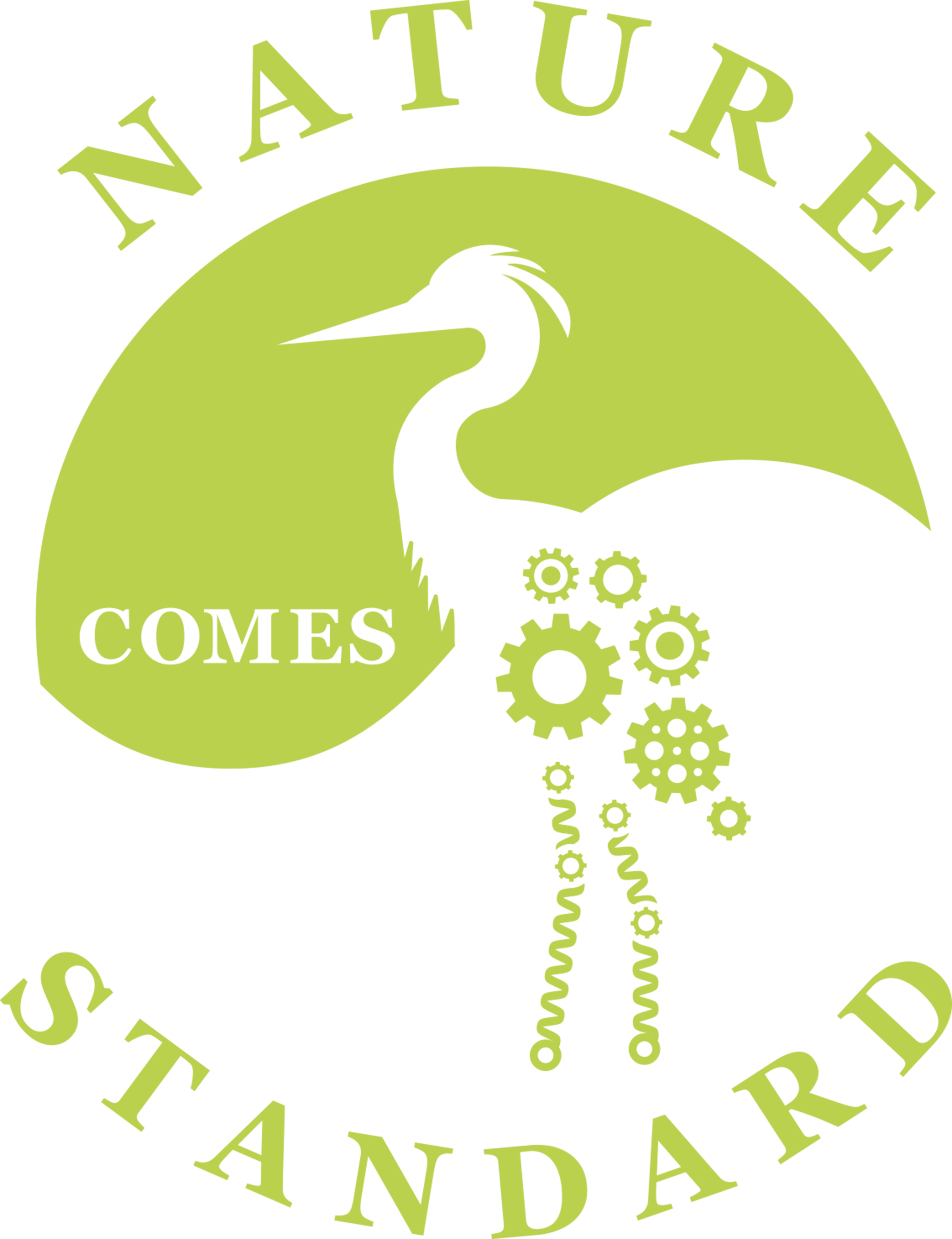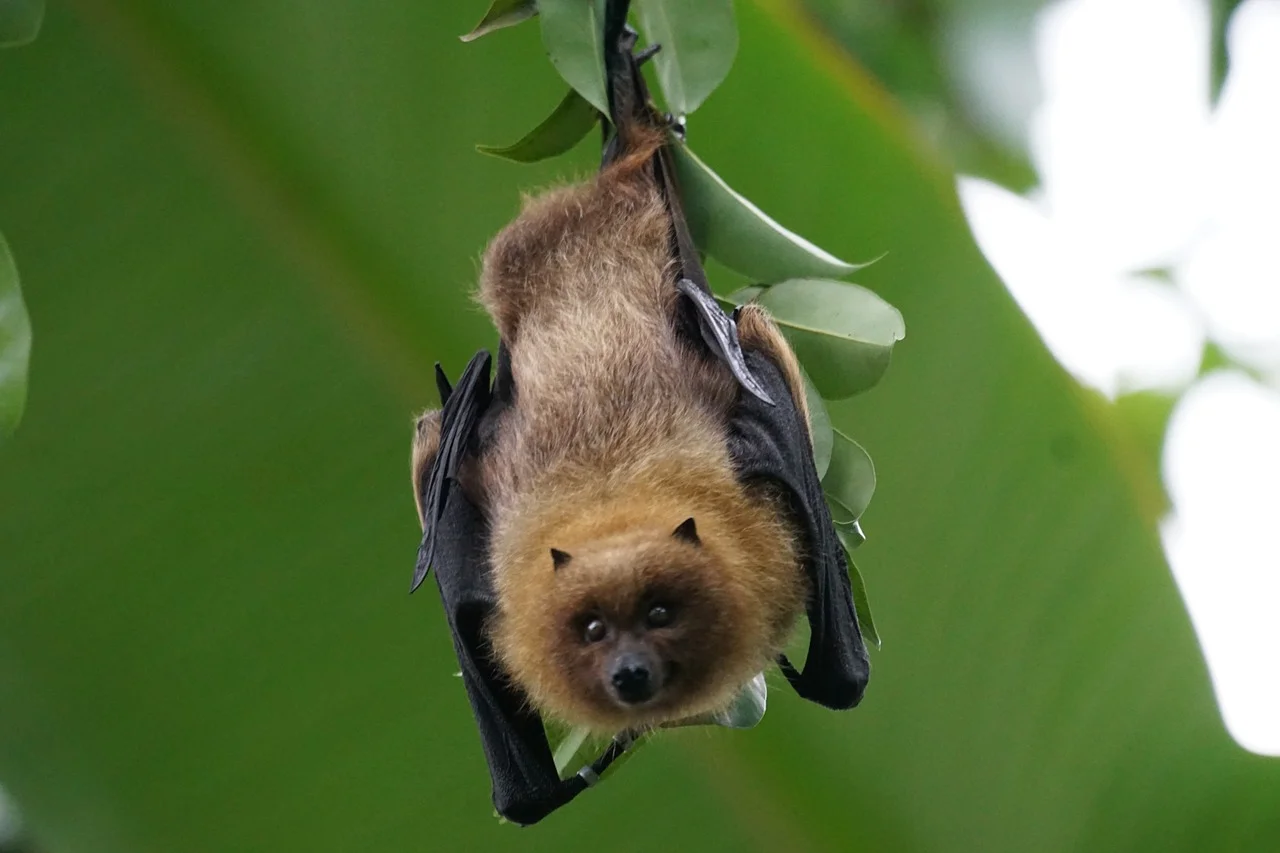Cucumbers, the Coiling Conundrum, and Vehicle Suspensions

If you're old enough to remember landlines, you may recall how the handset's spiral cord stretched as you walked across the kitchen to write a note or stir the food cooking on the stove. As you pulled the handset, the fixed ends caused the spirals to create smaller and smaller diameters. Over time these cords would twist and knot. To undo these perturbations, you dangled the handset in the air by its cord and let it spin and spin until most of the twists released. Over time these cords reached a point of no return—overstressed and no longer able to return to the factory-fresh condition. Climbing plant tendrils of the gourd family (cucumbers, pumpkins) coil with a unique solution to prevent twists and knots.
The cucumber tendril starts as a straight whip, actively reaching out into the space around it, "looking" for something to grasp. Download the high-speed video of this dancing sequence (circumnutation to a botanist): Dancing Cucumber Video
Once the tendril finds a solid attachment point to wrap around, it starts the coiling process between the plant and its host attachment to pull the plant closer to its climbing structure. Starting by coiling in one direction multiple turns, it then creates a transition at which point the coiling turns in the opposite direction. This transition point, called a perversion, is the key. This perversion solves the spiraling dilemma by adding a degree of freedom to the system. Now, as the tendril gets pulled around from weather and animal inputs, it will unwind into a straight tendril without loading the main plant stem or the support host. If the tendril followed the phone cord's design, a load would create a tighter and tighter diameter, loading both the plant and its support structure, leading to twists, knots, and eventual failure.
The structural difference in the longitudinal bi-layer of cells along the tendril's length creates the coiling mechanism. The interior coil diameter hardens into a lignified (aka woody) layer resulting in shrinkage, while the outside coil diameter remains a gelatinous substance. This contrast between the hard, shortened inside layer and flexible outer layer creates the coiling effect.
The cucumber tendril coil design provides engineers with biomimicry optimizing opportunities for composite spring design on mobility applications (trucks, trains, cars) or mechanical equipment. The tendril attachment design may also formulate a range of innovative biomimetic attachment methods from household goods to industrial equipment to fashion accessories. If you were going to design the next regenerative product, how could cucumber tendrils spark your creativity?
Reference:
Aziz,Ruksana; Barman,Anjan; Bhattacharjee,Udaratta; Kumar,Rahul; Kalita,Eeshan and Kumar Ray,Suvendra (2015). Tendril Perversion in Cucurbits. Everyman’s Science Vol. L No. 5: 289-294
Gerbode,Sharon J.; Puzey,Joshua R.; McCormick,Andrew G.; Mahadevan,L. (2012) How the Cucumber Tendril Coils and Overwinds. Science. Aug. Vol 337: 1087-1091






